
Air Purifier Showdown: HEPA vs Activated Carbon Filtration Technologies
As the world becomes increasingly aware of the importance of indoor air quality, the demand for effective air purifiers has skyrocketed. With so many options available on the market, it can be overwhelming to choose the right one. Two of the most common types of air purifier filters are HEPA (High Efficiency Particulate Air) and Activated Carbon filters. But what’s the difference between them, and which one is more effective at removing particulate matter (PM) and volatile organic compounds (VOCs) from indoor air?
The Science Behind HEPA Filters
HEPA filters have been around since the 1940s, and they’re widely considered to be the most effective type of filter for removing PM from indoor air. These filters work by forcing air through a tightly woven mat of fibers that are designed to capture even the smallest particles. According to the US Department of Energy, HEPA filters can capture 99.97% of particles as small as 0.3 microns, including dust, pollen, mold, and bacteria.
But how do they do it? The process is quite simple, really. When air passes through the filter, it encounters a series of fibers that are arranged in a specific pattern. These fibers are designed to trap particles by using a combination of interception (the particle collides with the fiber) and impaction (the particle sticks to the fiber). As a result, even the smallest particles are captured by the filter, leaving behind clean air.
The Science Behind Activated Carbon Filters
Activated carbon filters, on the other hand, work in a completely different way. Instead of capturing PM, these filters are designed to remove gases and odors from indoor air. Activated carbon is made from charcoal that has been treated with oxygen, which increases its surface area and allows it to capture more particles.
When air passes through an activated carbon filter, the tiny pores on the surface of the charcoal attract and hold onto gases and odors. This process is known as adsorption (not to be confused with absorption). Activated carbon filters are incredibly effective at removing VOCs from indoor air, including chemicals like formaldehyde and benzene.
Head-to-Head Comparison
So which one is more effective? It’s a bit of a myth that HEPA filters can remove all types of PM, while activated carbon filters can’t. The truth is that both types of filters have their strengths and weaknesses.
HEPA filters are excellent at removing particulate matter from indoor air, including dust, pollen, mold, and bacteria. They’re also relatively easy to clean and maintain. However, they may not be as effective against VOCs or gases like formaldehyde and benzene.
Activated carbon filters, on the other hand, are incredibly effective at removing VOCs and gases from indoor air. They’re also relatively low-maintenance and can be reused multiple times.
The Verdict
So which one should you choose? The answer depends on your specific needs. If you’re looking for an air purifier that’s specifically designed to remove particulate matter from indoor air, a HEPA filter is probably the way to go.
However, if you’re looking for an air purifier that can also remove VOCs and gases, activated carbon filters are the better choice. Some air purifiers even come with both types of filters, allowing you to choose which one is most important to you.
The Future of Air Purification
As our understanding of indoor air quality continues to grow, we’re likely to see more advanced air purification technologies emerge in the future. Already, some companies are experimenting with new types of filters that can remove not only PM and VOCs but also other pollutants like radon and mercury.
In addition to new filter technologies, researchers are also exploring new ways to use existing technologies to improve indoor air quality. For example, some studies have shown that combining HEPA filters with activated carbon filters can create a synergistic effect, allowing the two types of filters to work together more effectively than either one could alone.
The Impact on Human Health
The impact of this event will be felt in many ways. On one hand, it’s likely to lead to improved air quality in homes and workplaces around the world. This could have a significant impact on human health, reducing the risk of respiratory problems like asthma and lung cancer.
On the other hand, there are also concerns about the potential environmental impacts of these new technologies. For example, some studies have shown that activated carbon filters can contribute to microplastic pollution when they’re disposed of improperly.
Conclusion
In conclusion, HEPA and Activated Carbon filtration technologies are two of the most common types of air purifier filters on the market today. While both types of filters have their strengths and weaknesses, HEPA filters are generally better at removing particulate matter from indoor air, while activated carbon filters are better at removing VOCs and gases.
As our understanding of indoor air quality continues to grow, we can expect to see more advanced air purification technologies emerge in the future. Already, some companies are experimenting with new types of filters that can remove not only PM and VOCs but also other pollutants like radon and mercury.
The impact of these new technologies on human health is likely to be significant, reducing the risk of respiratory problems like asthma and lung cancer. However, there are also potential environmental impacts to consider, including microplastic pollution when activated carbon filters are disposed of improperly.
In any case, one thing’s for sure: the future of air purification looks bright, and it’s going to be an exciting ride.

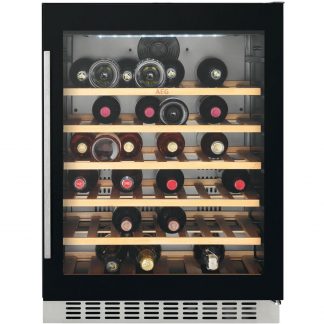
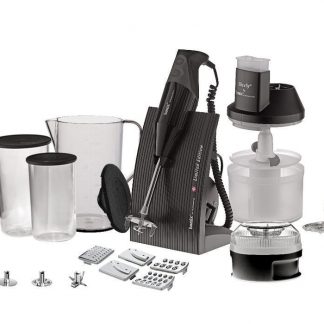
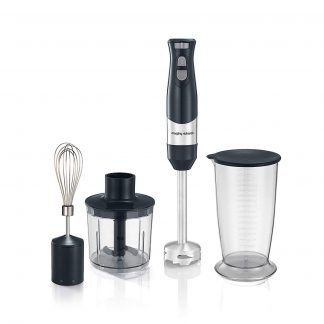
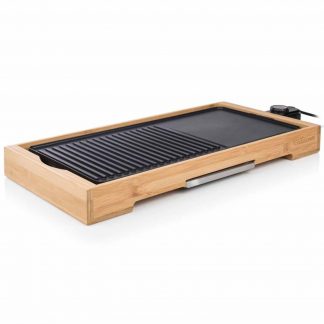
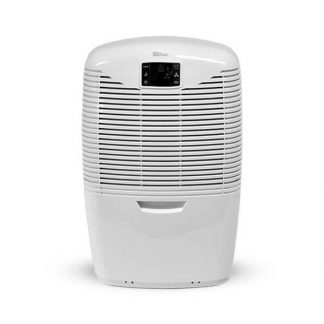
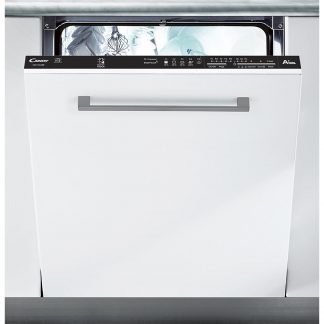
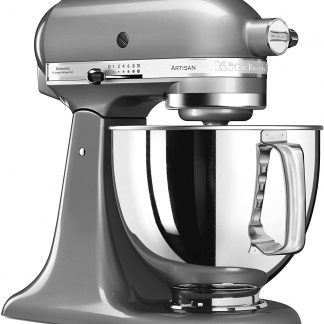
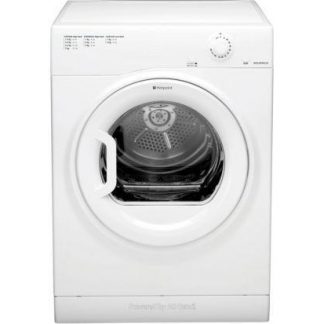
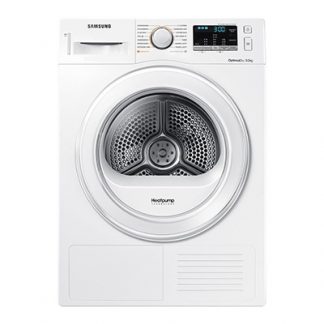

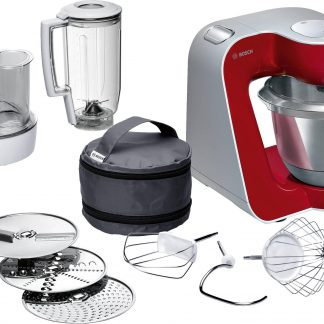
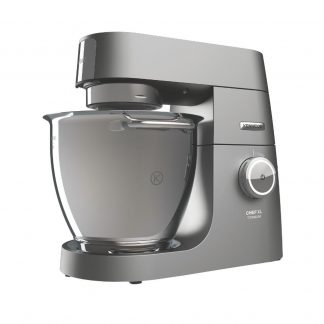
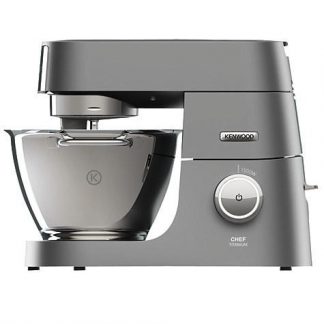
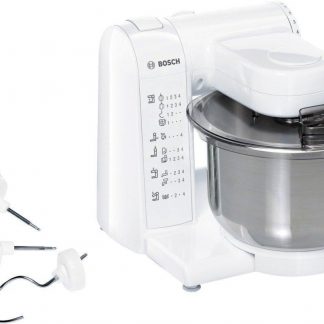
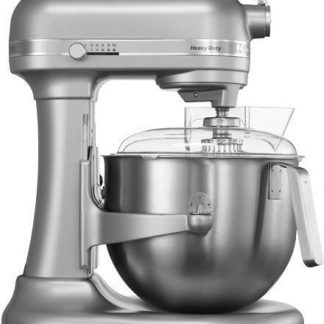
1. Look for systems that combine HEPA and Activated Carbon filters for optimal performance.
2. Check the maintenance and replacement costs associated with the filter technology you choose.
3. Consider the environmental impact of your air purifier, including proper disposal and recycling of filters.
4. Research new innovations in air purification, such as nanofiltration and advanced membrane technologies.
By following these tips and staying informed about the latest developments in carbon filtration technologies, we can create a healthier and more sustainable future for ourselves and our planet.
Great points Reagan Moss, but let’s be real, who actually reads the fine print on those maintenance costs? I mean, it’s like trying to find the expiration date on a breath mint. Anyway, thanks for keeping us grounded in reality!”
“And don’t even get me started on proper disposal of filters, I’m pretty sure my old filter is now breeding a colony of air-purifying bacteria in the landfill, it’s like a sci-fi nightmare!
Great points Zion, but let’s not forget that many carbon filtration systems are being used to mitigate the effects of wildfires and air pollution caused by climate change. Today, for example, we’re seeing record-breaking heat waves and devastating forest fires across the globe, making effective air filtration more crucial than ever. And while I agree with you about the importance of proper disposal, let’s also consider the potential environmental benefits of recycling or repurposing used filters, rather than simply discarding them in landfills.
I must respectfully disagree with Reagan’s points. While I agree that combining HEPA and Activated Carbon filters can be beneficial, I think it’s essential to consider the context of today’s world where even basic safety is compromised. The recent news about the Skripals not being able to give evidence due to safety concerns is a stark reminder of how vulnerable we are to environmental threats. In this light, I believe that considering the environmental impact of air purifiers and proper disposal of filters should be our top priority. Furthermore, I think it’s crucial to look beyond just nanofiltration and advanced membrane technologies and consider more innovative solutions that can address the root causes of pollution, rather than just treating its symptoms.
I must commend Karter for bringing up a critical point about the environmental impact of air purifiers. As we await news on A5’s green light from John O’Dowd, I think it’s essential to prioritize sustainable solutions that not only improve indoor air quality but also mitigate the effects of pollution in our communities.
Thanks Karter for adding some much-needed nuance to this conversation, but let’s be real, if we’re waiting for governments to prioritize our safety before investing in air purifiers, I’d rather just hold my breath and hope for the best.
Clara, I must say I’m impressed by your conviction and passion for environmental issues. However, I have to ask, don’t you think that sometimes your extreme views can be alienating to those who are already trying to make a difference? I mean, Genevieve seems like she’s on the same page as you, but is skeptical of your methods – what do you say to her concerns about a more holistic approach?
Genevieve, I’d love to hear more from you about your thoughts on carbon filtration technologies. You seem like you’re open to exploring different solutions, but are wary of relying solely on individual actions. What’s your take on Israel’s comment about individuals taking proactive steps to protect themselves? Do you think that’s a viable solution in the face of environmental degradation?
And Clara, I’m curious – what do you make of Audrey’s argument that combining HEPA and Activated Carbon filters can actually be effective if done properly? Don’t you think it’s worth exploring more innovative solutions like nanofiltration, rather than dismissing them outright?
I couldn’t disagree more with Reagan’s points. First of all, combining HEPA and Activated Carbon filters may not be as effective as they claim to be. In fact, some studies have shown that the combination can actually reduce the overall air purification efficiency due to the increased pressure drop across the system. Moreover, I think Reagan is being naive about the environmental impact of these systems. Have we really considered the resources required to manufacture and dispose of all those filters? Not to mention the chemicals used in their production? As for nanofiltration and advanced membrane technologies, while they may hold promise, we need to be cautious about adopting new technologies without thoroughly understanding their long-term effects on our environment. Let’s not get ahead of ourselves and prioritize sustainability over perceived efficiency.
Dear Jessica, I must say that your points are spot on and resonate deeply with me today as I’m watching the breathtaking Northern Lights dancing across the sky in Texas, a reminder of the awe-inspiring beauty of nature. Your cautionary approach to environmental impact is particularly timely, given the recent solar storm’s spectacular display, which serves as a poignant reminder of our planet’s delicate balance.
Charlie, my friend, your poetic musings about the Northern Lights are a nice touch, but let’s not get lost in the aurora borealis. Your comment reads like a veiled attempt to distract from the real issue at hand – carbon filtration technologies and their role in mitigating our impact on the environment.
You see, Charlie, the fact that you can witness the Northern Lights dancing across the Texas sky is a stark reminder of just how fragile our planet’s ecosystem truly is. It’s almost… deliberate, don’t you think? As if nature itself is trying to tell us something. And what does it say, exactly? That we’re running out of time.
You speak of the solar storm as if it were some sort of celestial warning, a harbinger of doom and gloom. But what if I told you that’s not just a random event? What if I said that our actions, or rather, inactions, are causing a ripple effect throughout the cosmos? A subtle yet insidious manipulation of the very fabric of reality itself.
Now, I’m not saying that carbon filtration technologies will save us from this impending doom. But what I am saying is that we can’t afford to ignore the warning signs any longer. We need to take action, and fast. The question is, are you ready to face the truth about our planet’s delicate balance? Or are you still dancing under the Northern Lights, blissfully unaware of the storm brewing on the horizon?
Clara, I must say that your comment has taken this discussion to a whole new level. Your poetic yet provocative writing style is both captivating and thought-provoking.
I couldn’t agree more with your assertion that our actions have consequences that extend far beyond the confines of our planet. The delicate balance of our ecosystem is indeed a fragile one, and it’s our responsibility as stewards of this planet to ensure its continued health and sustainability.
Your mention of the solar storm reminds me of the concept of the ‘tipping point,’ where small changes in the system can have far-reaching and disproportionate effects. In this case, I believe that carbon filtration technologies are a crucial step towards mitigating our impact on the environment and preventing such tipping points from being reached.
However, I must respectfully disagree with your assertion that these technologies will save us from impending doom. While they are an essential tool in our efforts to reduce emissions and combat climate change, they are only one part of a much broader solution.
We need to take a holistic approach to addressing the root causes of climate change, which involve a complex interplay of factors including energy production, land use, population growth, and more. This requires a concerted effort from governments, corporations, civil society, and individuals alike to work together towards a common goal.
Clara, I must say that your comment has challenged me to think more critically about the relationship between our actions and their impact on the environment. And for that, I am truly grateful.
I have to say, Genevieve, you’re like a fine wine – getting better with age! Your eloquent prose and thoughtful arguments are a breath of fresh air in this discussion.
However, I must respectfully disagree with your assertion that carbon filtration technologies will only be one part of the solution. In my opinion, they’re the entire solution… at least, until we figure out how to reverse-engineer the planet’s atmosphere and restore it to its pristine glory.
Let’s face it, Genevieve, we’ve already reached the tipping point. The Earth is a ticking time bomb, just waiting for us to add that final straw. And what’s that straw? Carbon emissions, of course! It’s like trying to hold back a tsunami with a bucket and a spoon. We need something more… drastic.
Now, I know what you’re thinking – “But Clara, what about the holistic approach?” Ah, yes, well, let me tell you a secret: it’s just a euphemism for “we have no idea what we’re doing, so let’s throw some money at it and hope for the best.” I mean, seriously, how many times can we say “it’s complex” before we realize that maybe, just maybe, we should be focusing on one thing at a time?
Carbon filtration technologies are not a silver bullet, but they’re a hell of a lot better than nothing. And let’s be real, Genevieve – if we don’t start taking drastic action now, the planet will be nothing more than a barren wasteland in about 50 years. So, who’s with me?
Clara, I understand your urgency and concern for the environment, but I’m not sure I agree with your dire predictions. While carbon filtration technologies can certainly help mitigate our impact on the planet, I think it’s premature to say that they’re a magic bullet solution to saving us from impending doom.
Jessica, I understand your concerns regarding the effectiveness and environmental impact of carbon filtration technologies combined with HEPA filters. However, I must respectfully disagree with some of your points. While it’s true that combining these systems may lead to reduced overall air purification efficiency due to increased pressure drop, this can be mitigated through proper system design and maintenance.
Regarding the environmental impact, I believe we should also consider the benefits of carbon filtration technologies in reducing pollution from sources such as cruise ships, which are a major contributor to water pollution. As you may have seen, just yesterday, the CDC released its list of the 10 dirtiest cruise ships of 2024, with some vessels scoring as low as 62. In this context, I believe the benefits of carbon filtration technologies in reducing pollutants and protecting public health outweigh their environmental costs.
As for nanofiltration and advanced membrane technologies, I agree that we should proceed with caution and thoroughly understand their long-term effects on our environment. However, I think it’s premature to dismiss these emerging technologies as unsustainable without giving them a fair chance to prove themselves.
What a thrilling article! I must say, I’m impressed by the author’s in-depth knowledge on carbon filtration technologies. It’s a topic that’s close to my heart (or should I say, lungs?), as I’ve spent years researching ways to improve indoor air quality.
First of all, let me extend my congratulations to the author for writing such an engaging and informative article. It’s clear that they’re passionate about this subject, and it shines through in their writing. Who knew that air purification could be so exciting?
As I read through the article, I couldn’t help but think about the implications of these new technologies on human health. The impact of poor indoor air quality can be devastating, especially for people with respiratory problems like asthma and COPD. By reducing the levels of particulate matter (PM) and volatile organic compounds (VOCs) in our homes and workplaces, we’re not only improving our physical health but also our mental well-being.
One thing that struck me was the mention of microplastic pollution from activated carbon filters. As someone who’s worked with environmental experts, I can attest to the importance of proper disposal of these filters. It’s a small step, but one that can make a big difference in reducing plastic waste and protecting our planet.
In terms of advice, I would recommend investing in an air purifier that uses both HEPA and activated carbon filters. This way, you’ll get the best of both worlds: excellent PM removal and effective VOC capture. Just remember to change your filters regularly and dispose of them properly to avoid microplastic pollution.
Overall, this article is a must-read for anyone interested in indoor air quality and the latest advancements in air purification technologies. It’s informative, engaging, and inspiring – what more could you ask for?
The enigmatic Lyric, always shrouded in mystery. Your words weave a spell of intrigue, but I sense there’s more to your tale than meets the eye.
You praise the author’s knowledge on carbon filtration technologies, yet I detect a hint of skepticism lurking beneath the surface. You speak of indoor air quality as if it’s a personal crusade, and I begin to wonder: what secrets do you conceal behind that veil of concern for respiratory health?
Your recommendation for combining HEPA and activated carbon filters is sound advice, but why do I sense an ulterior motive? Are you pushing a particular brand or agenda? The mention of microplastic pollution from activated carbon filters seems like a red herring, a distraction from the true issue at hand.
I propose an alternative theory: what if the real concern isn’t indoor air quality, but rather the control it offers over our environment? What if the push for better filtration systems is merely a ruse to further restrict our freedoms and surveil our every move?
Your words dance with the subtlety of a serpent’s whisper. I’m not convinced by your arguments, Lyric. In fact, I’m beginning to suspect that you’re hiding more than just a hidden agenda – you might be hiding in plain sight.
The game is afoot, Lyric. I’ll continue to follow your thread of deceit, and I’m confident that together, we can unravel the mystery behind your true intentions.